The Provider Access API: Powering Provider Collaboration in Risk Management, Care Coordination, and More
July 1, 2024 | 5-minute read

The healthcare landscape is witnessing a significant shift towards data-driven approaches to improve member care while managing costs. A key component of this shift is the Provider Access API - a CMS mandated, FHIR-based interoperability API that allows payers to securely make certain member data available to their in-network providers (with member consent). This blog post dives into the intricacies of the Provider Access API, exploring its various use cases for payers, with a particular focus on areas like risk management, utilization management, prior authorization, care coordination, value-based care, and quality improvement.
Understanding the Provider Access API:
The Provider Access API is a standardized application programming interface (API) that facilitates secure, electronic data exchange between payers and providers. The API implementation is mandated by the Centers for Medicare & Medicaid Services (CMS) and will be required for all "impacted payers" by January 1st, 2027. Here's a breakdown of the key aspects:
- Data Access: The Provider Access API allows payers to make specific member data available to their in-network providers with whom the member has a treatment relationship. This data can include claims and encounter information (without provider remittances and enrollee cost-sharing details), USCDI (United States Core Data for Interoperability) data, and prior authorization information (excluding that for drugs).
- Security and Privacy: The API adheres to strict security protocols to ensure the confidentiality and integrity of member data. Data access is limited to authorized personnel and requires member consent for specific use cases.
How Payers Can Leverage the Provider Access API to Optimize Operations
The Provider Access API offers payers a wealth of opportunities to improve their operations and deliver better care to their members. Here's how it empowers payers in various healthcare domains:
- Enhanced Risk Adjustment:
- Payers can share comprehensive member data (claims, encounters, USCDI) with providers. This empowers providers with a more complete picture of member health, leading to more accurate risk coding and therefore more accurate reimbursements for both payers and providers under risk adjustment programs.
- Streamlined Prior Authorizations:
- The API facilitates the secure exchange of member data that is crucial to supporting providers in:
- Knowing when a prior authorization request is required based on historical PA data.
- Providing the necessary supplemental clinical documentation when submitting a PA.
- This eliminates information silos, expedites submissions and approvals, and ensures members receive more timely access to necessary care.
- providing the necessary supplemental clinical documentation when submitting a PA, and more! This eliminates information silos, expedites submissions and approvals, and ensures members receive more timely access to necessary care.
- The API facilitates the secure exchange of member data that is crucial to supporting providers in:
- Proactive Care Management:
- Payers can share insights gleaned from claims and encounter data. This empowers providers to proactively identify members with chronic conditions or high healthcare utilization. Early intervention and targeted care management programs can then be implemented – potentially preventing complications and reducing future costs for both payers and providers.
- Improved Care Transitions:
- By giving providers a more holistic view of a member's health journey (including past diagnoses, medications, and procedures), the API facilitates smoother transitions between different care settings. This reduces the risk of medication errors, hospital readmissions, and other complications associated with fragmented care.
- Identifying Care Gaps:
- Payers can share data that reveals gaps in care, such as missed screenings or vaccinations. This empowers providers to address these gaps and offer preventive or chronic disease management services to members who might benefit most.
- Value-Based Care Enablement:
- Payers can share quality performance-related data with providers. This transparency allows providers to benchmark their performance and identify areas for improvement, in real time. Additionally, payers can leverage the API to better design value-based payment models that incentivize providers to deliver high-quality, cost-effective care.
- Targeted Network Strategies:
- By sharing data on provider performance and member satisfaction, payers can identify top-performing providers within their network. This allows for the development of targeted network strategies and fosters collaboration opportunities with high-quality providers.
The Road Ahead for the Provider Access API
The implementation of the Provider Access API represents a significant step forward for interoperability in healthcare. However, there are still some challenges to address:
- Implementation Costs: The initial costs associated with implementing the API technology might pose a hurdle for some payers, particularly those organizations that try to build the API and the associated processes on their own.
- Standardized Data Exchange: Ensuring consistent data formatting and terminology across different provider systems is crucial for optimal data utilization. Continued efforts are needed to promote adherence to data standards.
Conclusion:
As the healthcare industry continues to embrace interoperability, the API has the potential to revolutionize the way payers collaborate with their providers, ultimately leading to a more efficient, data-driven, and member-centric healthcare ecosystem. By actively participating in the implementation of the Provider Access API and exploring its various use cases, payers can position themselves at the forefront of healthcare innovation and contribute to a future where data-driven decision-making leads to improved health outcomes for all.






